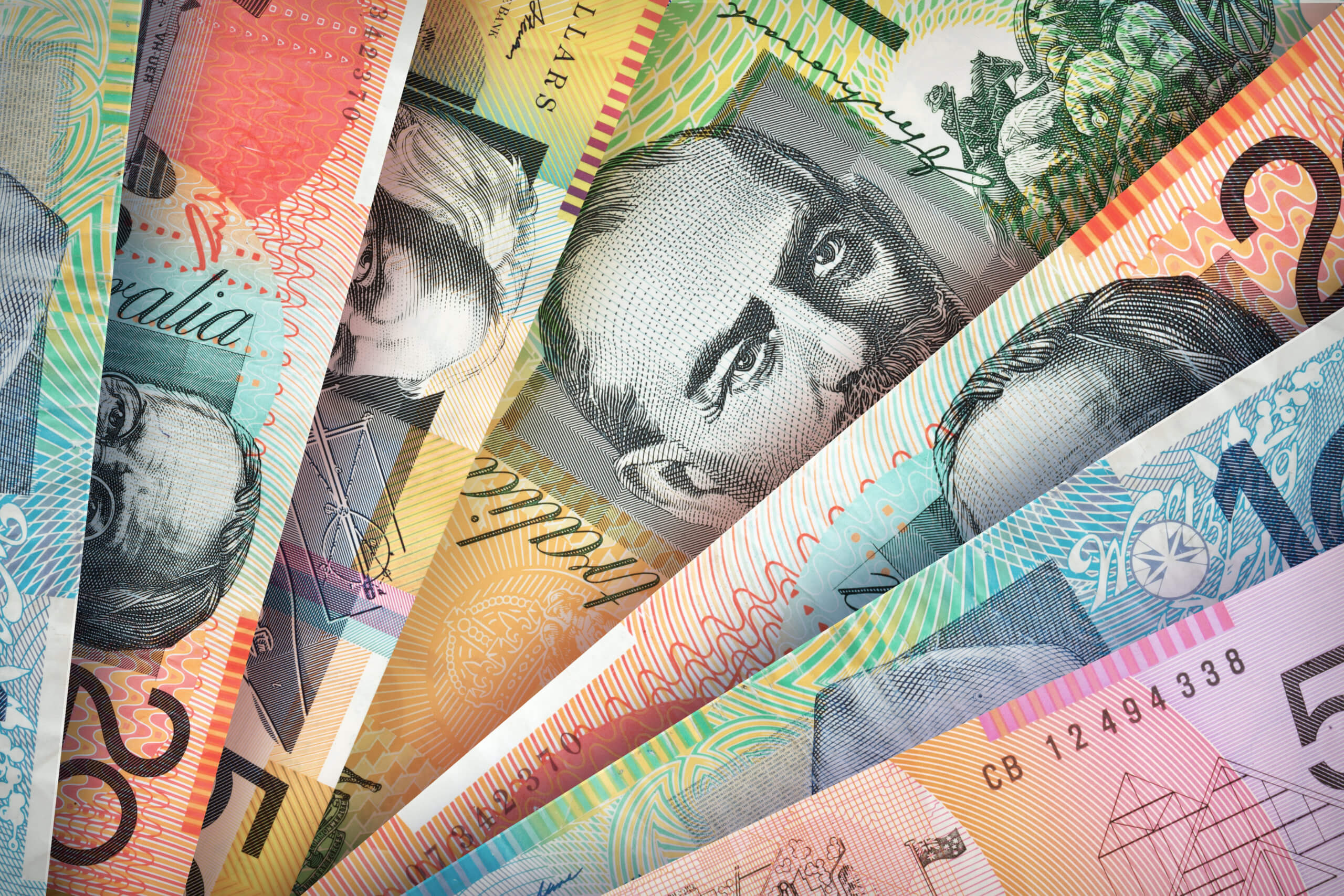
Polymer banknotes have become the currency of choice in more than 30 countries around the world. This shift to plastic represents a trend in sustainability and hygiene, as plastic currency better reduces the spread of germs, has a lower environmental footprint during production, and has a greater ability to be recycled and repurposed into new products at the end of a note’s life.
For 40,000 years, humans have been using currency to conduct transactions. Across the globe, earlier societies used everything from coins to pottery to even live animals just to trade and purchase goods. Over 2,500 years ago, the Chinese were the first to develop a system of paper money, the kind of banknote that has dominated global currency systems for centuries. As a form of tender that is cheap to produce, convenient to carry, and divisible into many different amounts, paper money became the preferred method for meeting countries’ financial system needs.
Paper currency, however, is not without its issues. Paper money is fragile—in the United States, a $5 bill typically only lasts for less than a year and a half before it’s too worn down to circulate. Paper money is also unfortunately excellent at spreading germs: live flu viruses can survive on paper bills for over two weeks. Furthermore, paper money is susceptible to destruction, as paper is extremely flammable, meaning it must be reproduced continually.
Paper currency’s production process is not kind to the environment, either. A study from the University of Vermont estimates that paper currency production uses 1.25 million gallons of water every day, or over 462 million per year. Additionally, many paper currencies are produced using a blend of cotton and linen, which requires use of pesticides and even more water. Paper currency production contributes to deforestation, air pollution, water pollution, and greenhouse gas emissions, leading governments to search for a better, cleaner, more durable, and more sustainable alternative. Enter plastic.
Made from a thin, translucent, printable plastic, polymer bills offer many solutions to the ills of paper money. In 1988, the Australian government became the first government to issue polymer banknotes, a shift that has now taken hold in over 30 countries around the world. Numerous studies have compared plastic and paper currency, with one finding that the former can last 2.5 times as long as the latter, reducing the need for additional note production. Polymer bills can also withstand heat as high as almost 285˚F and are three times cleaner than paper notes, as bacteria found on human hands has a harder time sticking to and thriving on plastic as compared to paper or fabric fibers.
In terms of environmental benefits, another study found that producing polymer bills requires 30% less energy than paper bills and promises a 32% reduction in global warming potential. A life cycle assessment of polymer notes conducted by the Bank of Canada found that polymer notes beat paper notes on 9 key environmental markers, including human toxicity, energy use, and ozone layer depletion. Plastic money’s environmental benefits extend to the end of its life cycle, too. Whereas paper bills taken out of circulation are often shredded and put in landfills, polymer notes can be converted into pellets used to make everyday plastic items like lawn chairs.
The future of money is plastic, and the global community is paying attention. Recently, Mexico’s new 100 peso GUARDIAN ™ polymer bill edged out over 100 other currency candidates to win the International Bank Note Society’s coveted “Banknote of the Year Award” for 2020. As more governments shift toward polymer bills, the global community has plastic to thank for increasing hard cash’s functionality, cleanliness, and sustainability.